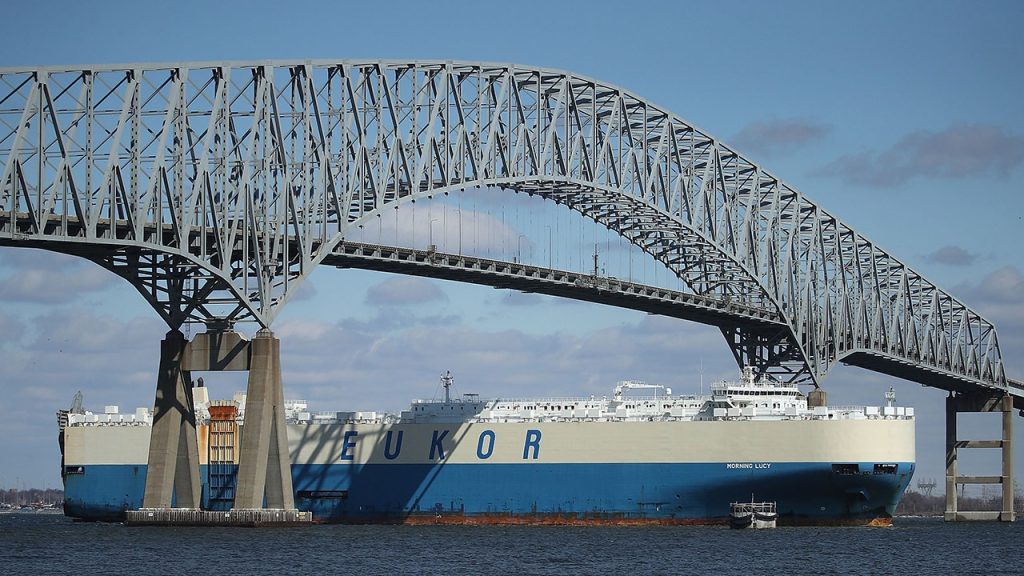On Tuesday morning, the Francis Scott Key Bridge in Maryland collapsed into the Baltimore harbor after a cargo ship appeared to collide with a support beam. The incident caused the bridge to break and fall into the water, leading to the closure of all lanes in both directions. The Maryland Transportation Authority quickly responded by posting updates on social media, informing drivers that traffic was being detoured. As of 2:45 a.m., all live camera feeds for the bridge on the Maryland Transportation Authority website were offline, indicating the seriousness of the situation.
The bridge collapse not only disrupted traffic but also raised concerns about the safety of other bridges in the area. The incident demonstrated the importance of regular inspections and maintenance to ensure the structural integrity of infrastructure. The Maryland Transportation Authority reassured the public that they were actively working on the situation and pledged to provide updates as the situation unfolded. The sudden collapse of the Francis Scott Key Bridge served as a stark reminder of the potential dangers associated with aging infrastructure and the need for continued investment in maintenance and upgrades.
As news of the bridge collapse spread, authorities began investigating the cause of the incident. The livestream footage of the cargo ship colliding with a support beam provided crucial evidence for understanding what led to the bridge collapse. The investigation would likely involve reviewing the maintenance records of the bridge, conducting interviews with witnesses, and analyzing the structural integrity of the remaining sections of the bridge. The findings of the investigation would not only shed light on the specific factors that contributed to the collapse but also help prevent similar incidents from occurring in the future.
The collapse of the Francis Scott Key Bridge had significant implications for transportation in the area, as the bridge served as a key link for drivers traveling along I-695. The closure of all lanes in both directions forced authorities to implement detours to redirect traffic, leading to delays and congestion on alternate routes. The Maryland Transportation Authority worked to manage the traffic flow and keep drivers informed of the latest updates on the situation. The incident highlighted the vulnerability of critical infrastructure to unforeseen events and the importance of having contingency plans in place to address emergencies.
The incident also sparked discussions about the need for increased investment in infrastructure maintenance and upgrades. The collapse of the Francis Scott Key Bridge underscored the risks associated with aging infrastructure and the potential consequences of inadequate funding for repairs and improvements. Lawmakers and officials called for action to address the infrastructure crisis and ensure the safety and reliability of bridges and roads across the country. The incident served as a wake-up call for policymakers to prioritize infrastructure investments and allocate resources to address the backlog of maintenance and repair needs.
In conclusion, the collapse of the Francis Scott Key Bridge in Maryland was a dramatic event that raised concerns about the safety of aging infrastructure and the need for increased investment in maintenance and upgrades. The incident prompted investigations into the cause of the collapse and highlighted the importance of regular inspections to ensure the structural integrity of bridges and roads. The Maryland Transportation Authority worked to manage the traffic disruptions and provide updates to the public as the situation unfolded. The incident served as a reminder of the critical role that infrastructure plays in supporting transportation and commerce, and the importance of addressing the infrastructure crisis to ensure the safety and resilience of our nation’s infrastructure.


